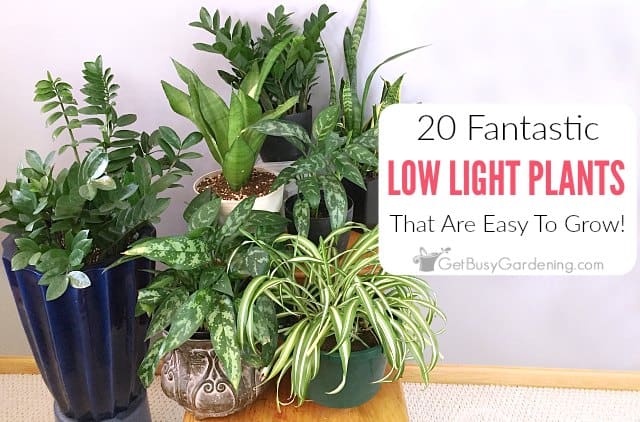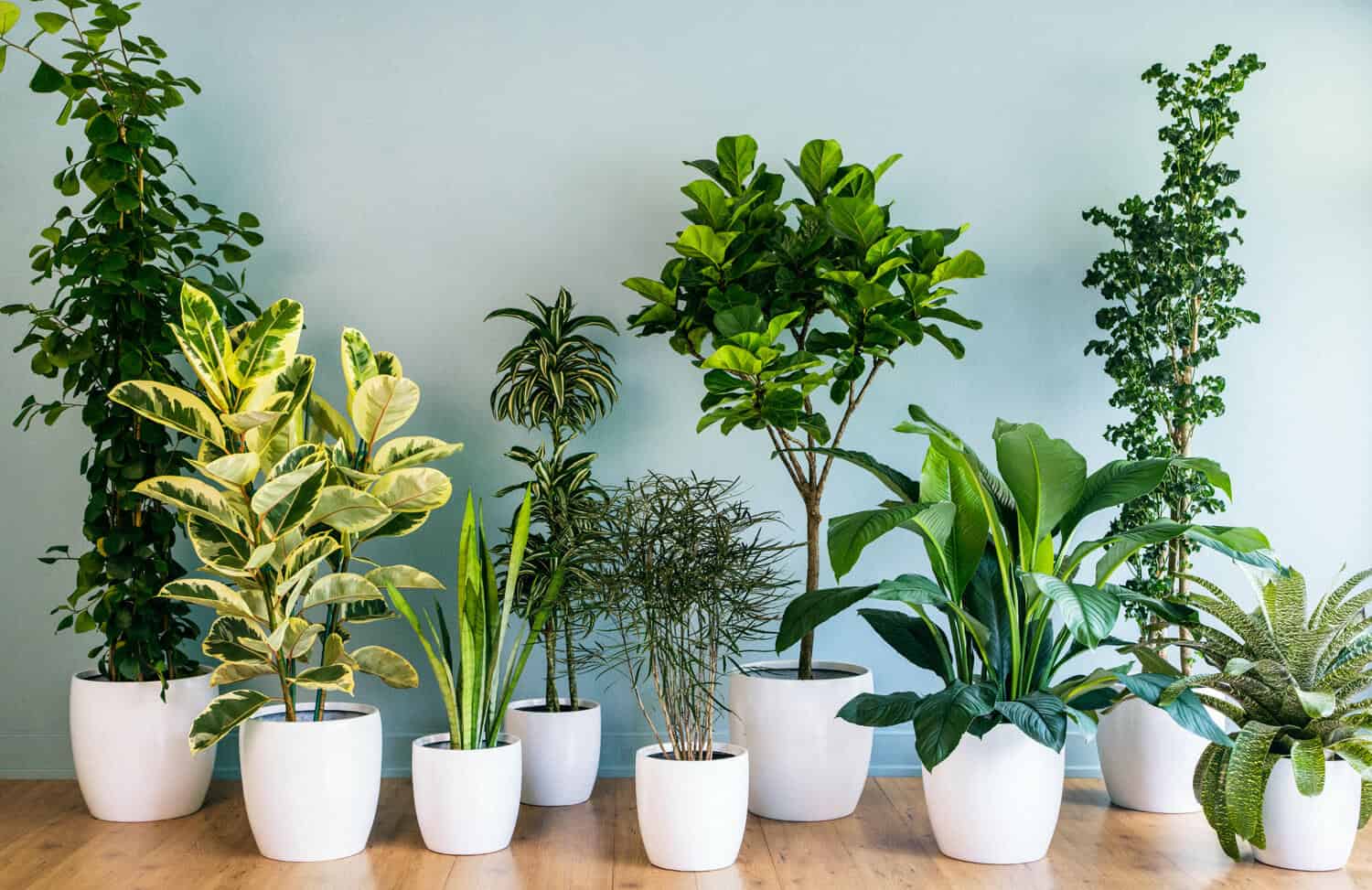Explore the Unique Advantages of Low-Light Indoor Plants for Your Living Room
Integrating low-light indoor plants into your living space provides a multitude of advantages that extend far beyond plain aesthetics. These durable plants not just prosper in settings with restricted sunshine yet additionally offer essential functions such as air purification and humidity improvement. In addition, they can positively influence your state of mind and general wellness while calling for marginal upkeep. As you consider the transformative capacity of these plants, it ends up being necessary to explore exactly how their distinct features can tailor your atmosphere to far better offer your way of life. What particular benefits might resonate most with your personal area?
Air Filtration Benefits
Low-light interior plants not only boost the aesthetic charm of living areas yet also play a considerable duty in air purification. Research study has shown that specific plant species can properly get rid of usual interior pollutants, consisting of trichloroethylene, benzene, and formaldehyde. These compounds frequently rise from home items such as furnishings, cleansing items, and building materials, adding to indoor air quality problems.
Plants such as the snake plant, pothos, and peace lily are especially proficient at filtering system harmful materials from the air while growing in low-light conditions. The procedure of phytoremediation, in which plants take in and metabolize toxic substances, allows these types to add significantly to a healthier indoor environment. In addition, with photosynthesis, plants release oxygen, even more enhancing air top quality.
Incorporating low-light indoor plants right into home or office areas not just supplies aesthetic benefits yet additionally functions as a useful strategy for enhancing air top quality. By picking the best species, individuals can create an environment that advertises wellness and reduces exposure to damaging pollutants, making these plants an essential element in modern indoor living.

State Of Mind Improvement Impacts
Many researches have shown that integrating interior plants can significantly improve mood and overall psychological wellness. The visibility of plant in interior environments has been connected to minimized tension degrees, raised sensations of calmness, and enhanced psychological health and wellness. Low-light indoor plants, specifically, thrive in atmospheres where all-natural light is limited, making them best for numerous living rooms.
Research shows that connecting with plants can promote the release of serotonin, a natural chemical associated with sensations of happiness and health. Furthermore, the act of caring for plants promotes a feeling of obligation and success, additional adding to positive psychological health results. Low-light plants such as serpent plants, pothos, and peace lilies have actually been shown to improve air top quality, which is intrinsically connected to state of mind enhancement.
Integrating these plants right into your office or home can produce a calm atmosphere, using a sensory and visual getaway from the hustle and bustle of day-to-day life - Best low-light indoor plants. As individuals spend boosting quantities of time indoors, the mood-enhancing effects of low-light indoor plants come to be much more crucial, providing not only aesthetic charm but also a profound effect on emotional wellness
Reduced Maintenance Requirements
For those seeking to improve their interior spaces without a substantial time commitment, low-light interior plants are a suitable choice as a result of their low upkeep demands. These resistant plants prosper in less-than-ideal lights conditions, making them perfect for offices and homes where all-natural sunshine browse around this web-site is restricted.

Pest resistance is another advantage of low-light interior plants. Numerous varieties are much less prone to typical pests, reducing the demand for continuous tracking and treatment. These plants usually expand more gradually than their high-light counterparts, indicating less regular repotting and pruning are needed.
Visual Allure and Flexibility

Additionally, these plants can be arranged in myriad means, whether in teams for a rich impact or as standalone features to draw the eye. The choices of planter designs-- from smooth ceramic pots to rustic wooden containers-- even more enhance their visual worth, enabling house owners to reveal their personal design.
Additionally, low-light plants can be tactically placed in locations that might otherwise really feel disregarded, such as edges or dimly lit shelves, therefore optimizing their decorative capacity. Ultimately, the mix of their striking look and flexibility makes low-light indoor plants a valuable enhancement to any type of space, creating a welcoming environment that promotes well-being and leisure.
Enhanced Humidity Degrees
Enhancing indoor humidity degrees is among the significant advantages of integrating low-light interior plants into living rooms. These plants naturally launch dampness vapor with a procedure referred to as transpiration, which happens when water absorbed by the roots moves via the plant and evaporates from the fallen leaves. This process not only enhances humidity however also contributes to a much healthier interior setting.
Enhanced humidity levels can minimize numerous health problems, such as completely dry skin, respiratory system problems, and allergies. Lots of people experience discomfort in arid indoor problems, specifically during cold weather when furnace remain in usage. By strategically placing low-light plants throughout your home, you can produce a much more well balanced moisture degree that cultivates overall well-being.
In addition, particular low-light interior plants, like peace lilies and spider plants, are particularly efficient at boosting humidity. Their capability to prosper in low-light settings makes them perfect for various areas, from offices to bed rooms. In enhancement to boosting moisture, these plants can also improve air high quality by straining typical indoor contaminants, making them a useful enhancement to any type of home. Therefore, low-light indoor plants serve both aesthetic and functional objectives, advertising a much healthier ambience.
Conclusion
In summary, low-light indoor plants supply various advantages that contribute to a healthier and a lot more inviting living room. Incorporating these durable plants into indoor setups not only raises the setting but also advertises total well-being, developing a serene haven for residents.
Plants such as the snake plant, pothos, and tranquility lily are specifically proficient at filtering system damaging materials from the air while flourishing in low-light problems. Low-light plants such as serpent plants, pothos, and tranquility lilies have been shown to boost air quality, which is fundamentally connected to state of mind enhancement.
Low-light indoor plants, such as snake plants, pothos, and ZZ plants, not just enhance the aesthetic resource landscape of a room yet also introduce numerous textures and tones of environment-friendly that can complement varied interior designs. These plants naturally release moisture vapor with a procedure recognized as transpiration, which occurs when water absorbed by the roots moves with the plant and vaporizes from the fallen leaves.In addition, particular low-light indoor plants, like peace lilies and crawler plants, are particularly efficient at increasing humidity.